Art a childhood passion for Summerlin painter
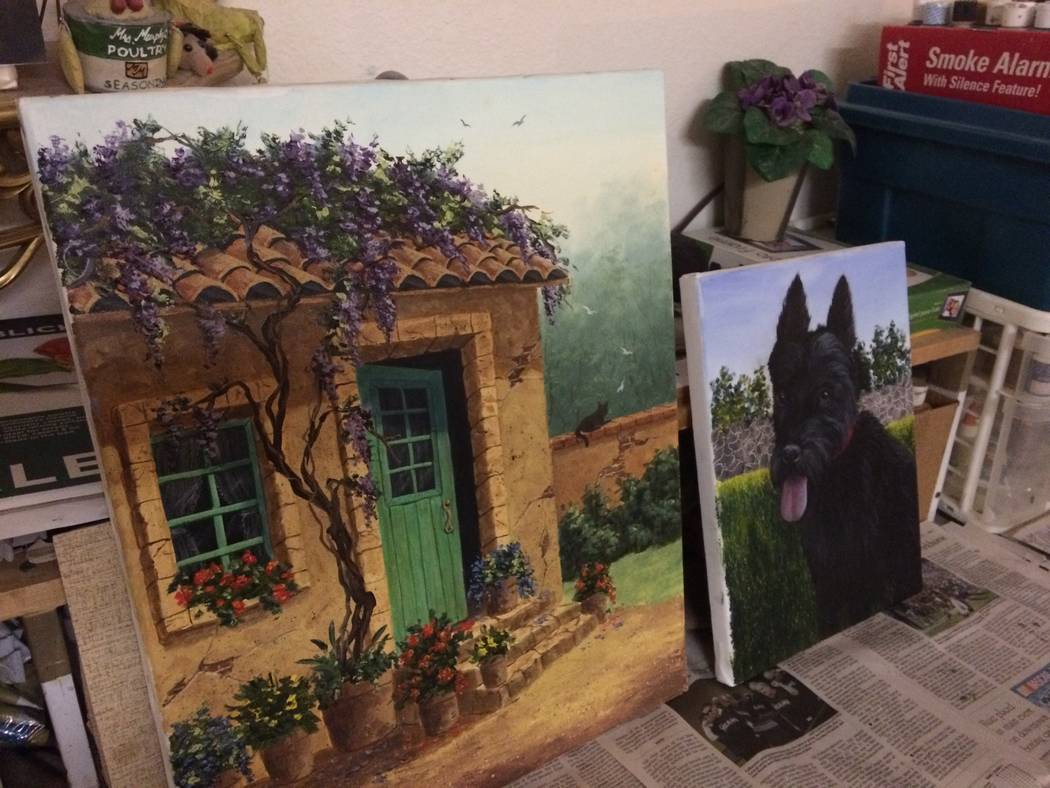


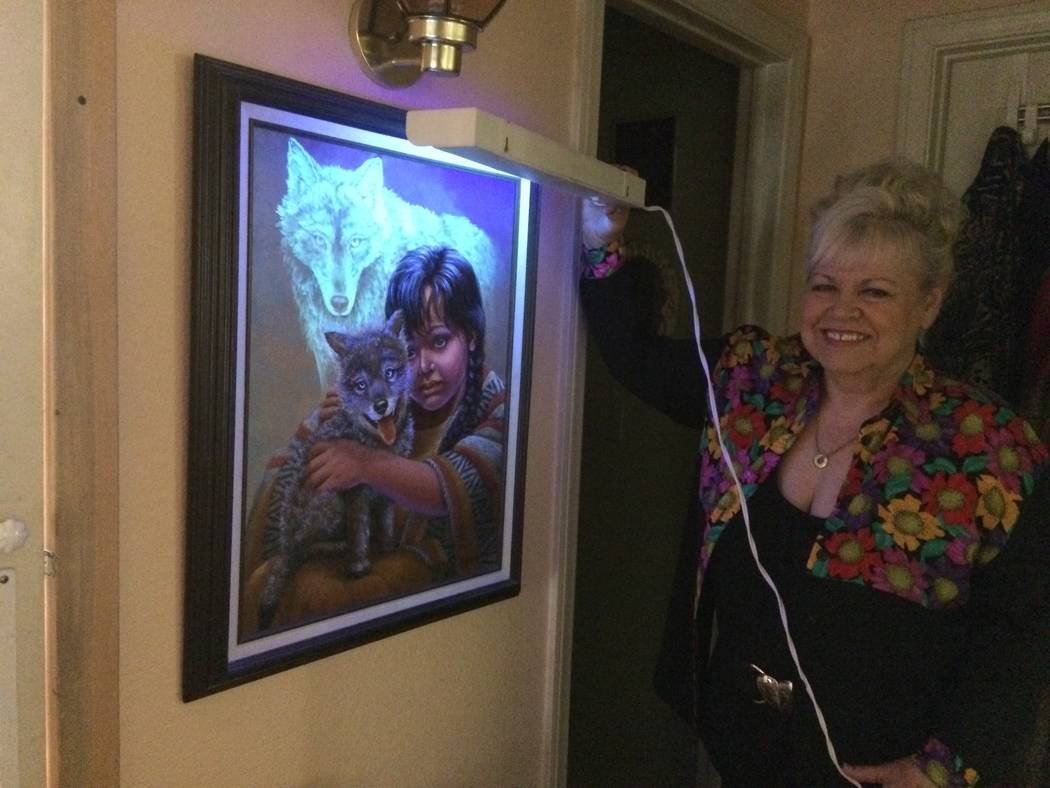
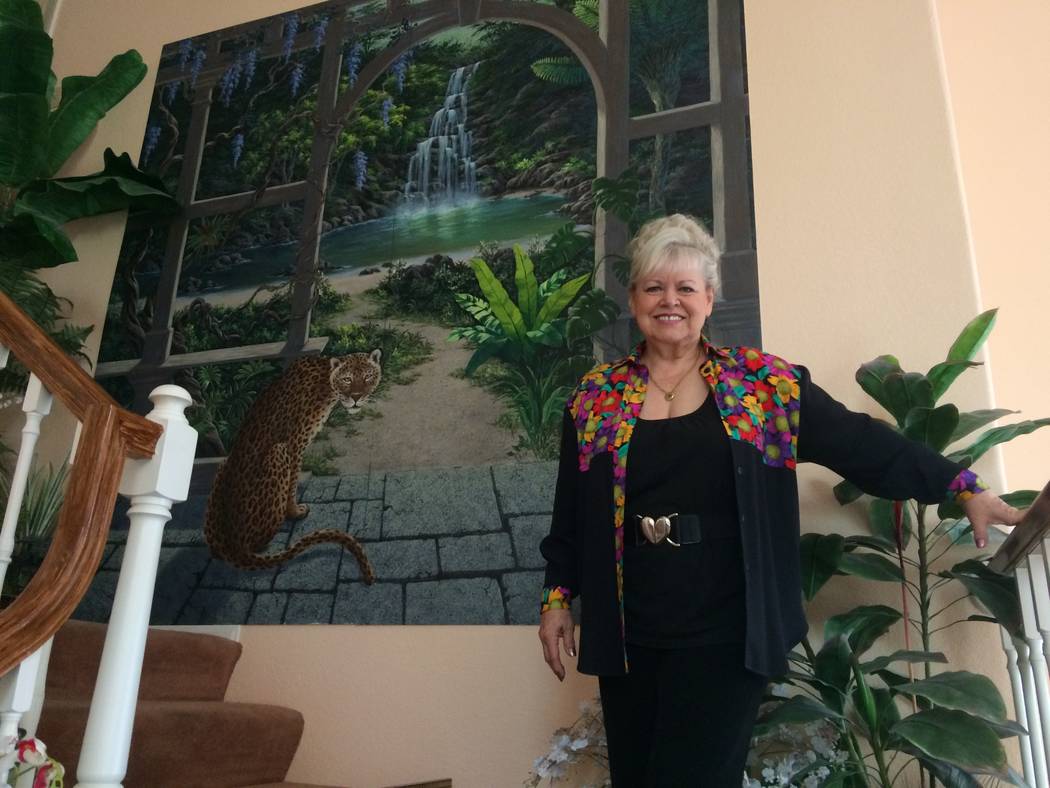
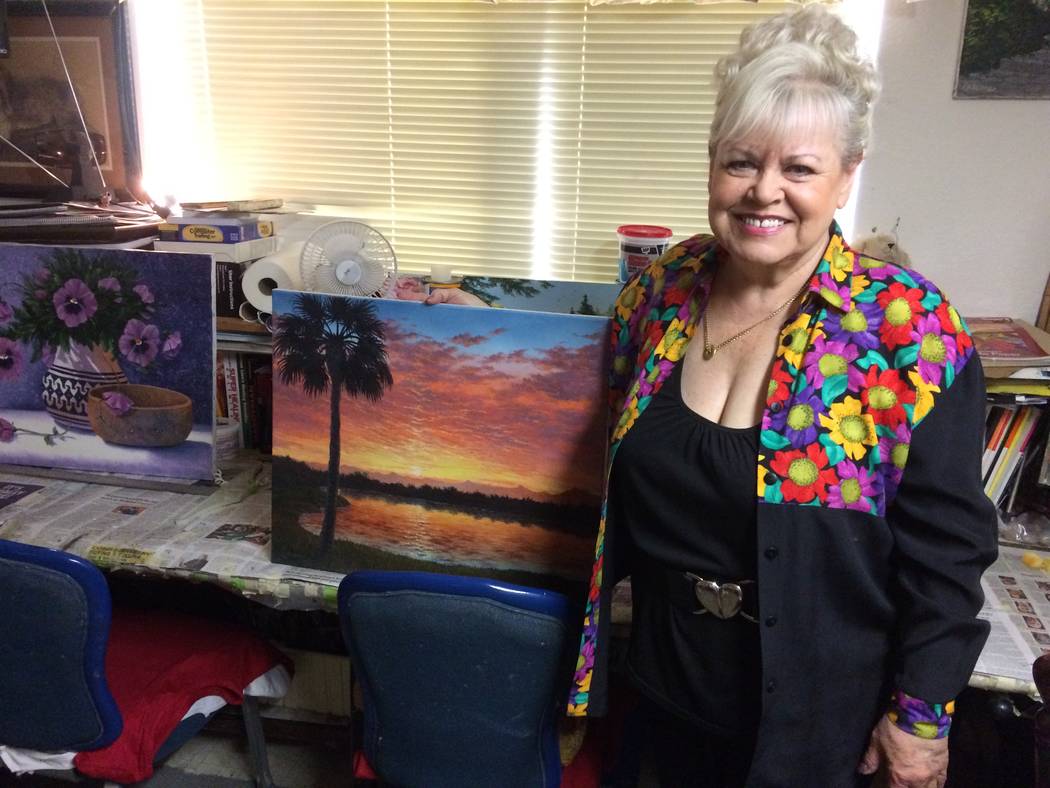
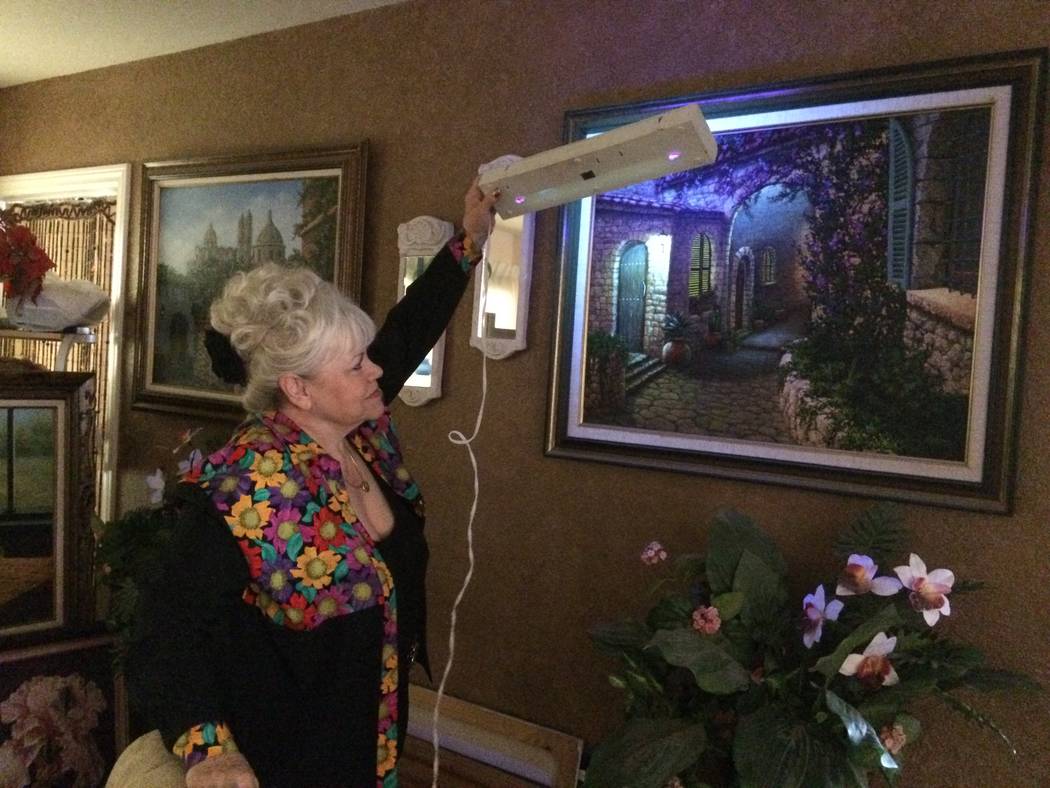
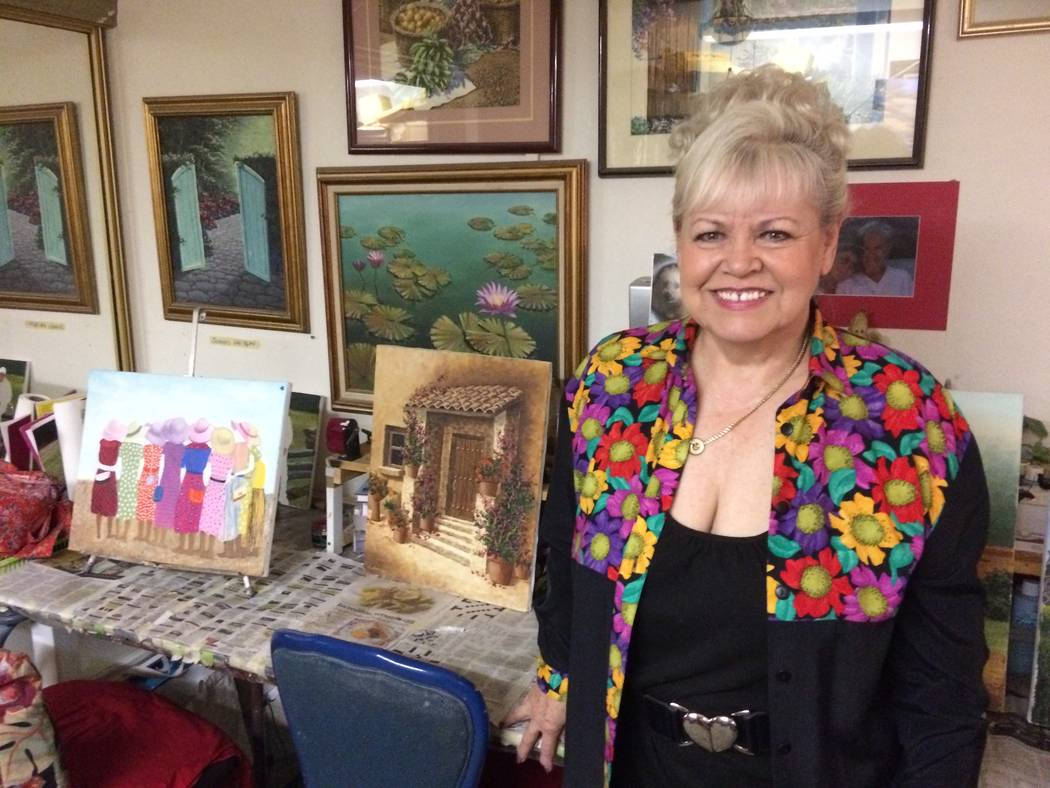
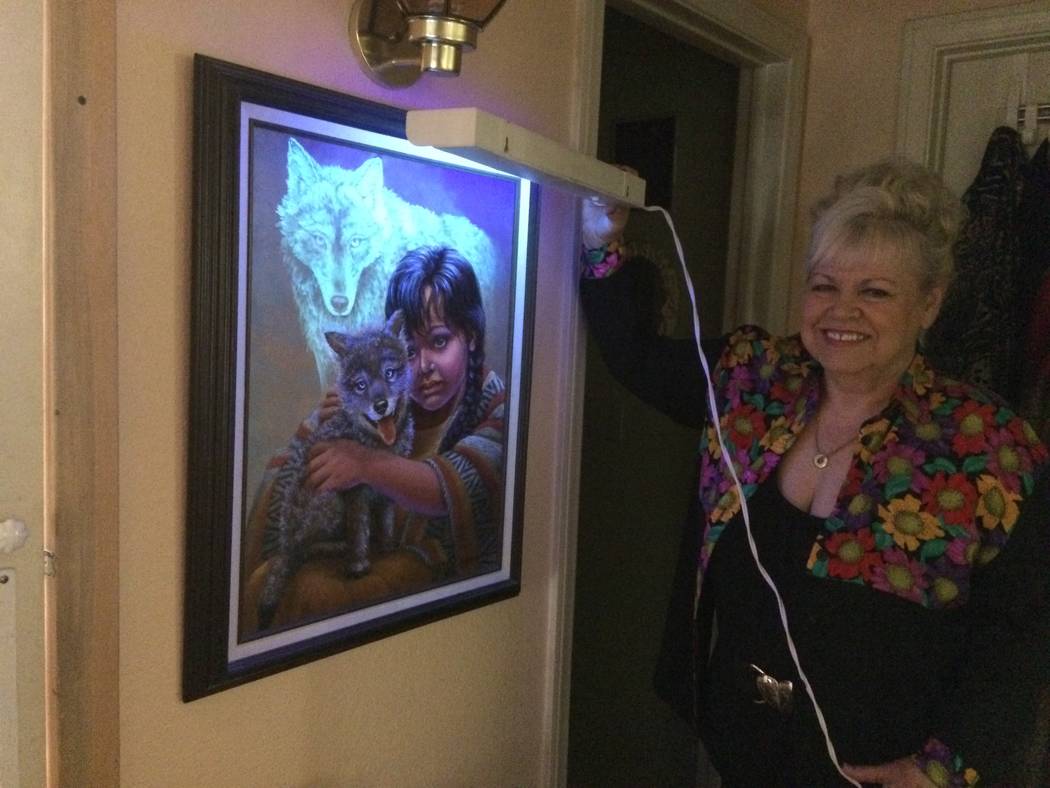
She’s known as Ladama, the lady in Spanish, and her art has been carried in international galleries. Now Carole Binford, a native of Lincoln City, Oregon, resides in the Summerlin area.
“I started as a professional artist at age 6,” she said. “I like to say I came out of the womb with a paintbrush in my hand.”
Her works as a child were usually small jobs: winning posters for events such as “Don’t Be a Litterbug” contests and decorating the storefront windows of her hometown. By high school, the art teacher let Binford take over instructing his class.
She supported herself as a struggling artist for years.
By age 27, she met Bill, who would sweep her off her feet. Bill didn’t just reside in the expensive apartments she’d always dreamed of living in, his family owned the building. Bill used his Harvard degree to fill a key role in the Peace Corps, which led to a whirlwind career as a diplomat. He and Carole married when he became the U.S. ambassador to Bolivia.
She’d planned to paint there, but the South American country did not initially supply the inspiration she’d expected.
“For me, being an artist, it wasn’t so much a culture shock as a color shock: Everything was brown because you were so high up in elevation,” she said. “I was used to painting lakes, streams and waterfalls.”
But the people wore colorful shawls and clothes. Binford began doing portraits at the marketplace. She added art classes to her duties. From Bolivia, the State Department sent the couple to the U.S. Embassy in Costa Rica, then to the Dominican Republic.
A vivid dream led her to use the name she saw embossed on a book filled with her work: Ladama. She began painting under that name and was soon in galleries, earning tens of thousands of dollars per painting, she said.
Dreams come to her often and help her paint quickly.
“I have kind of like vision when you’re not quite awake,” Binford said. “I see the painting and I see it developing. Then, when I wake up, I know exactly what to do.”
About this time, she learned how Disneyland put hidden pictures onto walls for its rides. The hidden parts are only visible when seen in black light. Binford began using the phosphorous paint to add hidden elements to her works.
She calls her black light works Illuminated Illusions. They include paintings of indigenous people gathered around a campfire who, when seen in black light, are suddenly joined by animals from the spirit world. A child holding an eagle feather with reverence was seen to be embraced by that majestic bird when bathed in black light.
A major paint company asked her to write about the techniques she used, which produced four books, she said.
After moving to Desert Shores as a divorcee in 1998, Binford continues to support herself with her art. She taught at Michael’s and now gives lessons in her home.
Patricia Nelson has been a student of Binford’s for more than 10 years. She said Binford is encouraging and talks about how color and form interact.
“She’ll make suggestions and say, ‘You might want to try this,’ and she’ll make a brushstroke, then watch you do it,” Nelson said. “But she doesn’t try to do the picture for you. Her classes, they’re not paint-by-colors or anything like that.”
Photos from Binford’s hobby, scuba diving, led to painting what she saw underwater. Using her technique, she added a mermaid to one painting. A woman was viewing it when Binford explained she’s added a hidden mermaid.
“I told her they only come out a night and snapped on the black light,” Binford said. “Her eyes got really big and said, ‘So, they’re real.’”
The woman bought the painting. Binford didn’t bother to dash the woman’s childlike amazement.
“Instead,” she said, “I laughed all the way to the bank.”
She can be reached at ladama01@live.com.
Contact Jan Hogan at jhogan@reviewjournal.com or 702-387-2949.
What to charge
New artists are often at a loss when it comes to pricing their art. Here’s a formula to help figure it out:
Multiply your painting’s length by its width to get its total size in square inches. Multiply that by a dollar amount you feel is commensurate with your reputation. Figure out your costs for framing, canvas and supplies, then double that number.
As an example: A 16-foot-by-20-foot painting equals 320 square inches. If you figure $6 per square inch, then multiply the 320 by six to get $1,920. Run it down to $1,900.
If the materials cost you $150, double that to $300 and add it to the $1,900 to get $2,200. This will be your retail price. Before your eyes turn to dollar signs, remember that the gallery where it hangs may take a 50 percent commission.












